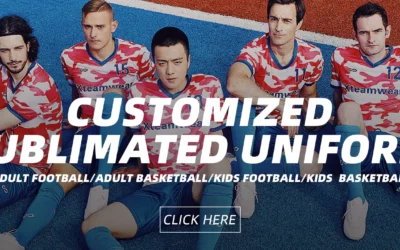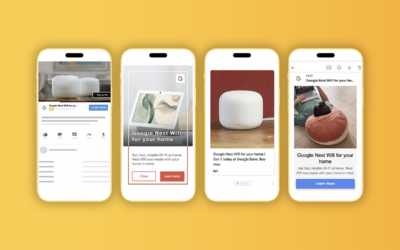In today’s digital age, the success of a business-to-business (B2B) enterprise hinges greatly on its online presence and the quality of its customer experience.
With the majority of B2B transactions now occurring online, providing a seamless and engaging experience for your clients has become paramount. Your website serves as the primary touchpoint for potential customers, making it crucial to optimize it for maximum satisfaction and effectiveness. Here are some key tips to help you enhance your online B2B customer experience through effective website development:
- Understand Your Audience: Before diving into website development, take the time to understand your target audience. What are their pain points? What solutions are they seeking? By gaining insights into your audience’s needs and preferences, you can tailor your website to better serve them.
- Streamline Navigation: A well-organized and intuitive navigation system is essential for guiding visitors through your website seamlessly. Ensure that your site’s structure is clear and logical, making it easy for users to find the information they’re looking for.
- Optimize for Mobile: With an increasing number of users accessing the internet via mobile devices, optimizing your website for mobile responsiveness is non-negotiable. A mobile-friendly design ensures that your site looks and functions flawlessly across all devices, enhancing the user experience regardless of the platform.
- Personalize the Experience: Implement personalized features on your website to cater to individual customer preferences. This could include personalized product recommendations, dynamic content based on browsing history, or targeted email campaigns. Personalization demonstrates that you understand your customers’ needs and adds a personalized touch to their experience.
- Prioritize Loading Speed: In today’s fast-paced digital landscape, users expect websites to load quickly. A slow-loading site can lead to frustration and increased bounce rates. Optimize your website’s performance by minimizing unnecessary elements, optimizing images, and leveraging caching techniques to ensure swift loading times.
- Provide Valuable Content: Content is king when it comes to engaging B2B customers. Create high-quality, informative content that addresses your audience’s pain points and provides valuable insights. This could include blog posts, whitepapers, case studies, or instructional videos. By offering valuable content, you position your brand as a thought leader in your industry and build trust with your audience.
- Implement User-friendly Forms: If your website requires users to fill out forms, ensure that they are user-friendly and straightforward. Minimize the number of fields required and provide clear instructions to streamline the process. Additionally, consider implementing autofill functionality to further simplify form completion.
- Integrate Customer Support Features: Make it easy for customers to get in touch with you by integrating customer support features directly into your website. This could include live chat support, a comprehensive FAQ section, or contact forms. Prompt and efficient customer support enhances the overall user experience and fosters trust and loyalty.
- Optimize for Search Engines: Improve your website’s visibility and reach by optimizing it for search engines. Conduct keyword research to identify relevant terms and phrases, and incorporate them strategically into your website’s content, meta tags, and headers. By ranking higher in search engine results pages, you’ll attract more organic traffic and potential leads.
- Gather and Act on Feedback: Finally, continually gather feedback from your customers about their experience on your website. This could be done through surveys, feedback forms, or monitoring social media channels. Pay attention to their comments and suggestions, and use this feedback to make iterative improvements to your website over time.
In conclusion, prioritizing the customer experience is essential for success in the competitive world of online B2B commerce. By following these tips and continuously refining your website development strategies, you can create a more engaging, user-friendly, and ultimately more profitable online experience for your B2B customers.







